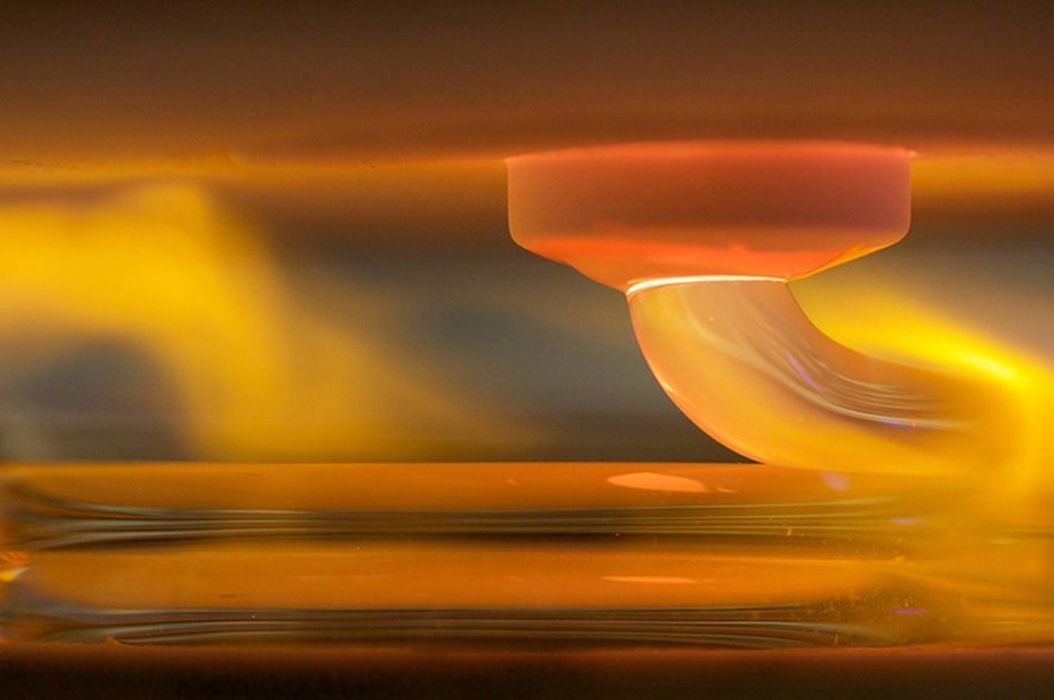
Charles R. Goulding and Preeti Sulibhavi look at recent events and how they are changing glass production.
There is a global energy crisis, and it is not sparing any region of the globe, especially Europe. Fabricating glass consumes a lot of energy and with much of Europe in an oppressive heat wave that is wreaking havoc on their grid in addition to their limiting Russian national gas imports, glass making has been negatively impacted.
Glass comprises many items we purchase. While glass is specifically meant not to be seen (glass is usually meant for some other item to be visible or to support another product) it appears to be everywhere and a part of almost every product we make today. Its transparent properties make it the product you inadvertently need when purchasing a home, a car, smartphone, soda or beverage, etc. Glass is responsible for the proper function of most things.
An August 29, 2022, article in the Wall Street Journal (WSJ) brought this issue to light. It detailed how and why the glass industry requires so much energy that can only be supported by natural gas and how the shortage in supply is affecting a myriad of multinational glass companies. To keep up with demand and circumvent the natural gas supply crisis, some glassmakers have been shifting to use diesel, like O-I Glass, Inc, in Ohio. O-I Glass manufactures bottles and jars and operates 34 factories in Europe and has converted some if its furnaces to run on oil.
Multinational glass manufacturers can switch their glass operation to plants in other regions. Establishing glass operations in a facility in another country can be challenging but it also brings opportunities as well. There is a chance for the company to improve its manufacturing processes, establishing better practices and integrating 3D printing. It will require some initial time and effort, but the cost savings will quickly allow the company to break-even sooner than later.
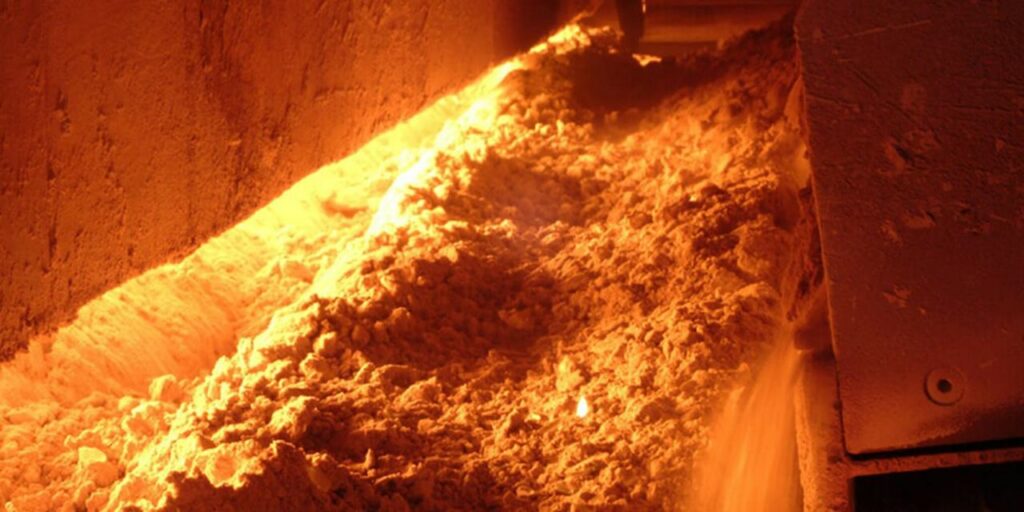
We have previously covered 3D printing in the glass industry in previous articles. But this time we are covering how the Russian sanctions are adversely affecting the glass industry.
The New York Times highlighted this issue as well in its September 6, 2022, edition. Duralex International, a French company and maker of fine bistro wine and water glasses, had to put 250 employees on furlough because it had to put its furnaces on standby due to high energy costs. Duralex’s CEO, Jose-Luis Llacuna, commented that producing as they normally would with the increased energy prices would generate “unsustainable losses.”
He is not alone. Cristal d’Arques, French maker of elegant crystal wine goblets, put 1,650 of its 5,000 employees on partial furlough through year-end because its gas bill has quadrupled and producing at capacity would be “economically unviable.”
The issues that arise when attempting to 3D print glass include maintaining the filament of glass hot enough to allow the next layer of the structure to adhere to it, while not being so hot that the entire structure collapses into a lump-like glob.
The key is to produce separate components that can be heated individually to their required temperatures. One would be the upper layer for molten glass stock, the next would be the nozzle at the bottom of the chamber, and third, a lower compartment where the actual 3D printed object is being fabricated. This will enable glass production to allow for complex inner features, variable thickness, and even controllable solar transmittance through the glass.
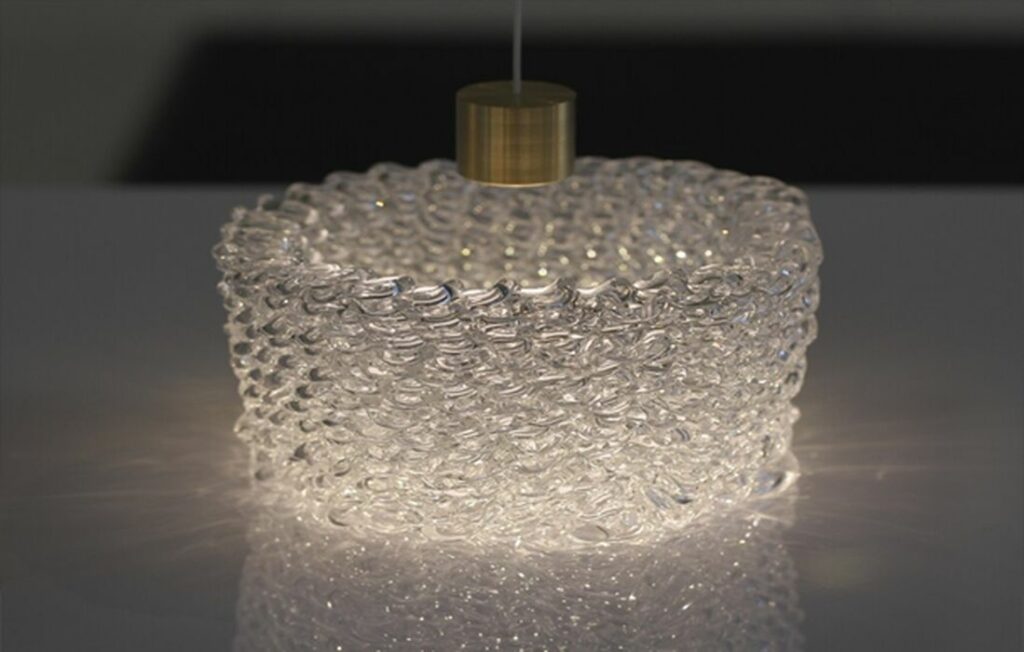
Other projects that involve 3D printing glass include the Murano Glass, WASP VERO2 project where a Delta WASTP 2040 Clay LDM 3D printer was used to create glass objects for the Venetian Glass Week last year. In addition, the glass pieces were created from recycled glass.
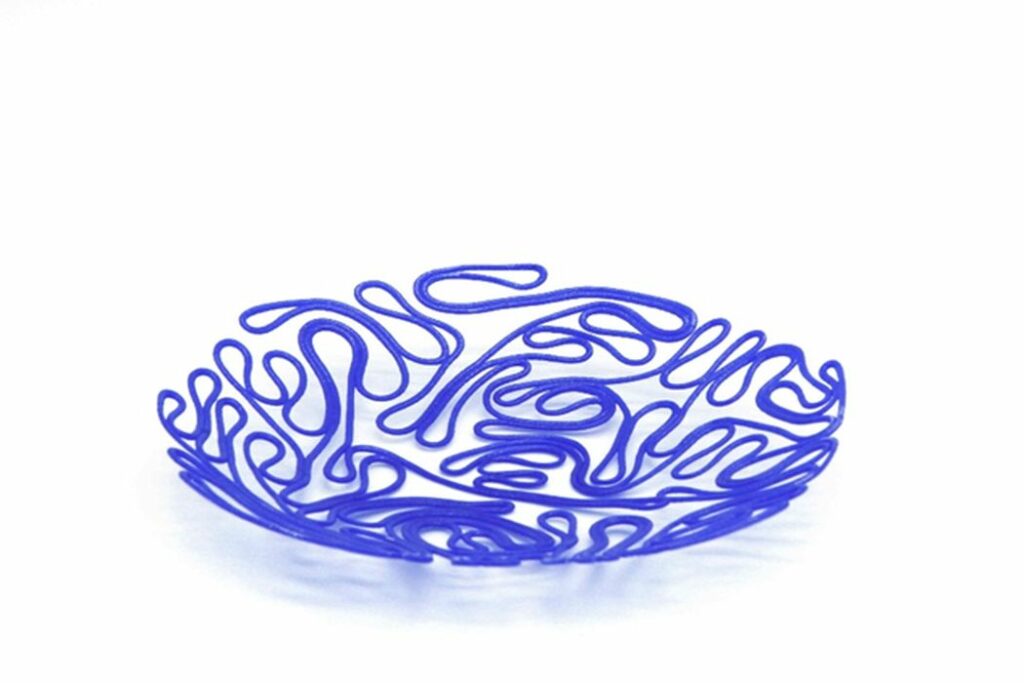
SCHOTT, a UK-based glass company, provides high-grade DURAN® borosilicate glass as the “ink” for the world’s first 3D glass printer from Israeli startup Micron E.M.E. 3D printers for glass face a special challenge since the material must be melted and made printable at temperatures over 1,000 ºC. Micron E.M.E. uses AR-GLAS® and DURAN® borosilicate glass from SCHOTT as the “ink” for its closet-sized high-tech machines.
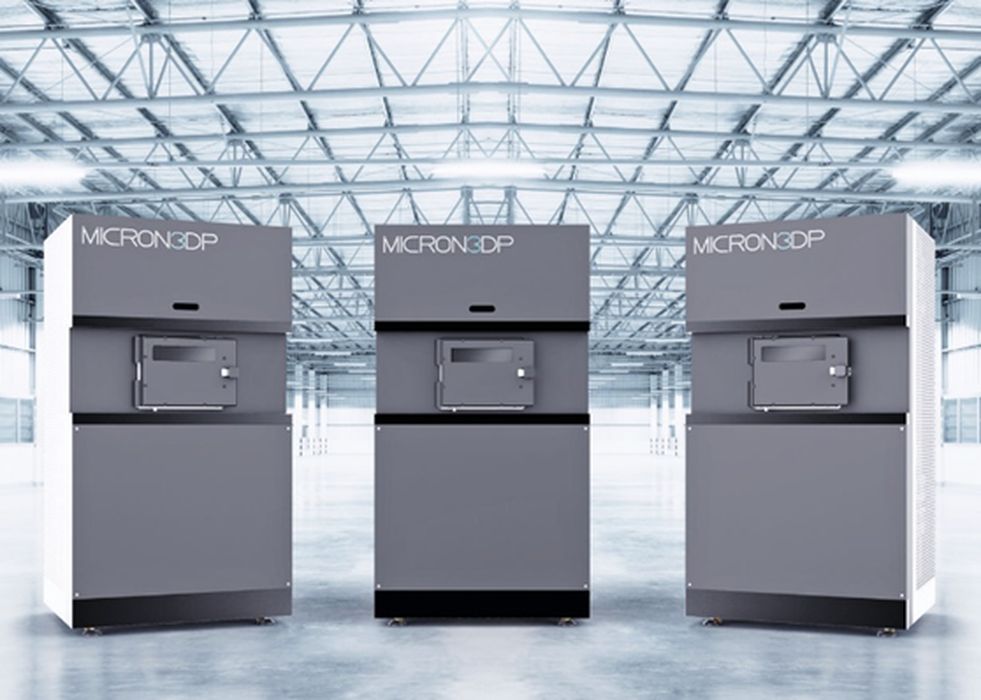
To illustrate how much of a problem climate change, reduction of Russian natural gas exports, and supply chain issues have impacted the glass industry, Saint-Gobain SA, which makes glass as well as other products for the auto and construction industries has given glass production priority in Poland, Germany and the Czech Republic.
The Research & Development Tax Credit
The now permanent Research and Development (R&D) Tax Credit is available for companies developing new or improved products, processes and/or software.
3D printing can help boost a company’s R&D Tax Credits. Wages for technical employees creating, testing and revising 3D printed prototypes can be included as a percentage of eligible time spent for the R&D Tax Credit. Similarly, when used as a method of improving a process, time spent integrating 3D printing hardware and software counts as an eligible activity. Lastly, when used for modeling and preproduction, the costs of filaments consumed during the development process may also be recovered.
Whether it is used for creating and testing prototypes or for final production, 3D printing is a great indicator that R&D Credit eligible activities are taking place. Companies implementing this technology at any point should consider taking advantage of R&D Tax Credits.
A Clear and Present Danger
It is not breaking news that climate change is adversely impacting our lives. Higher temperatures are leading to everything from forest fires to water shortages in addition to Russian sanctions that are driving the price of oil and gas up substantially. Industries such as the glass making industry are being adversely affected. We see that particularly with multinational glass companies, 3D printing can be integrated into their processes as they may switch their operations to other regions.

